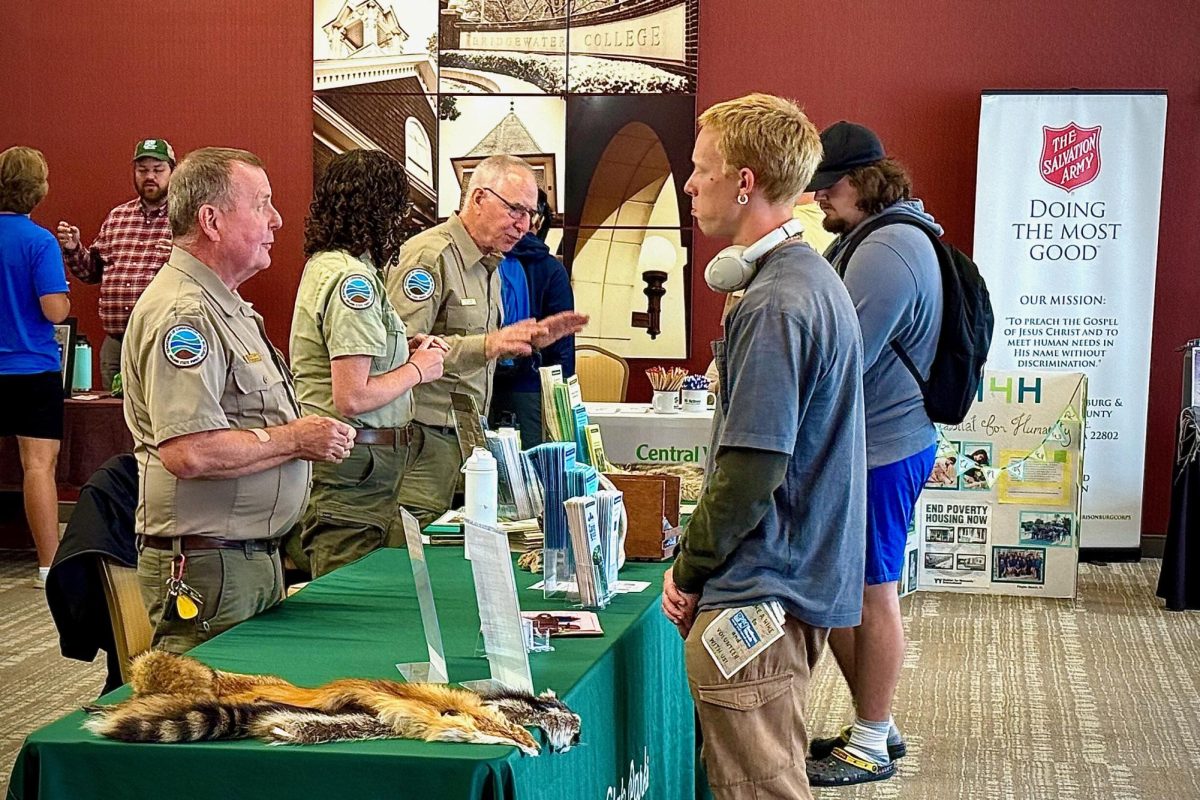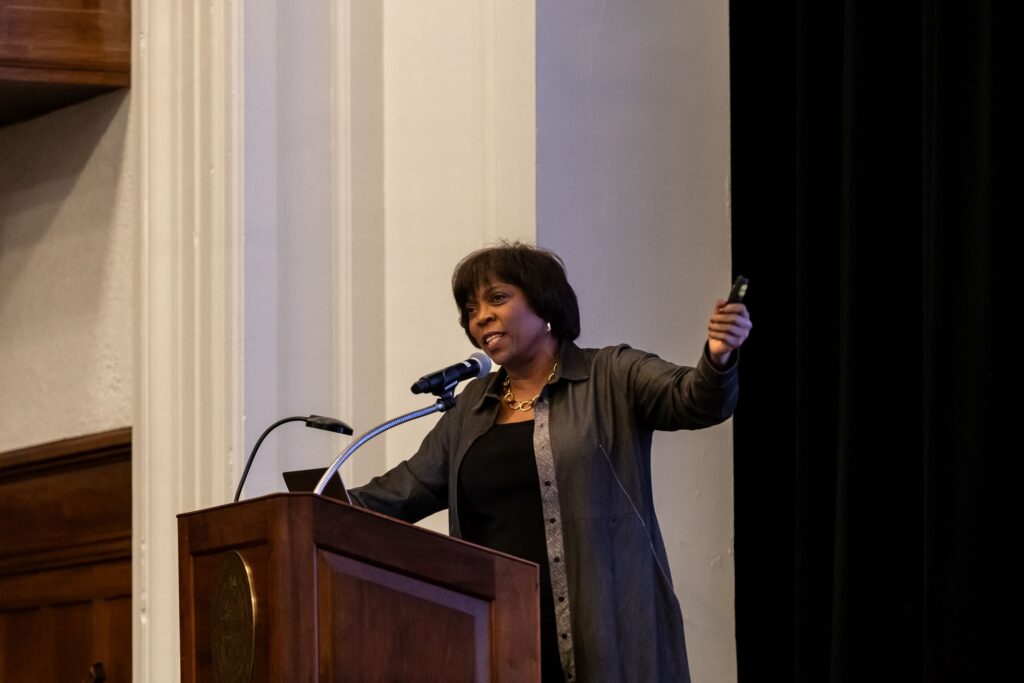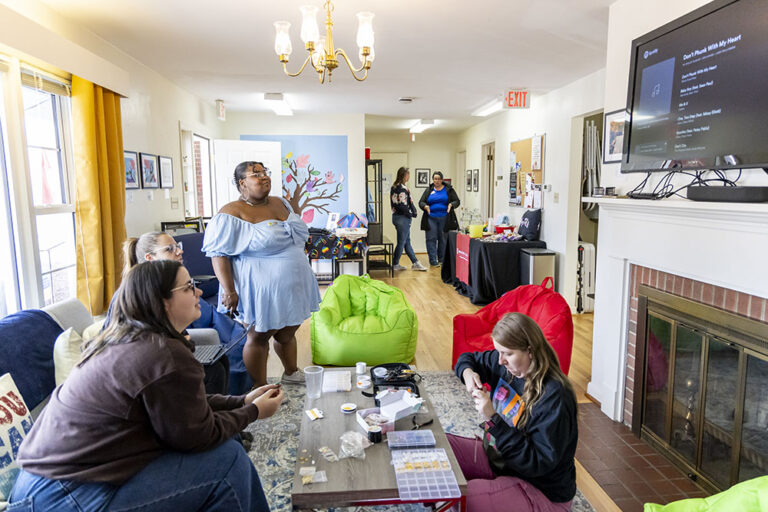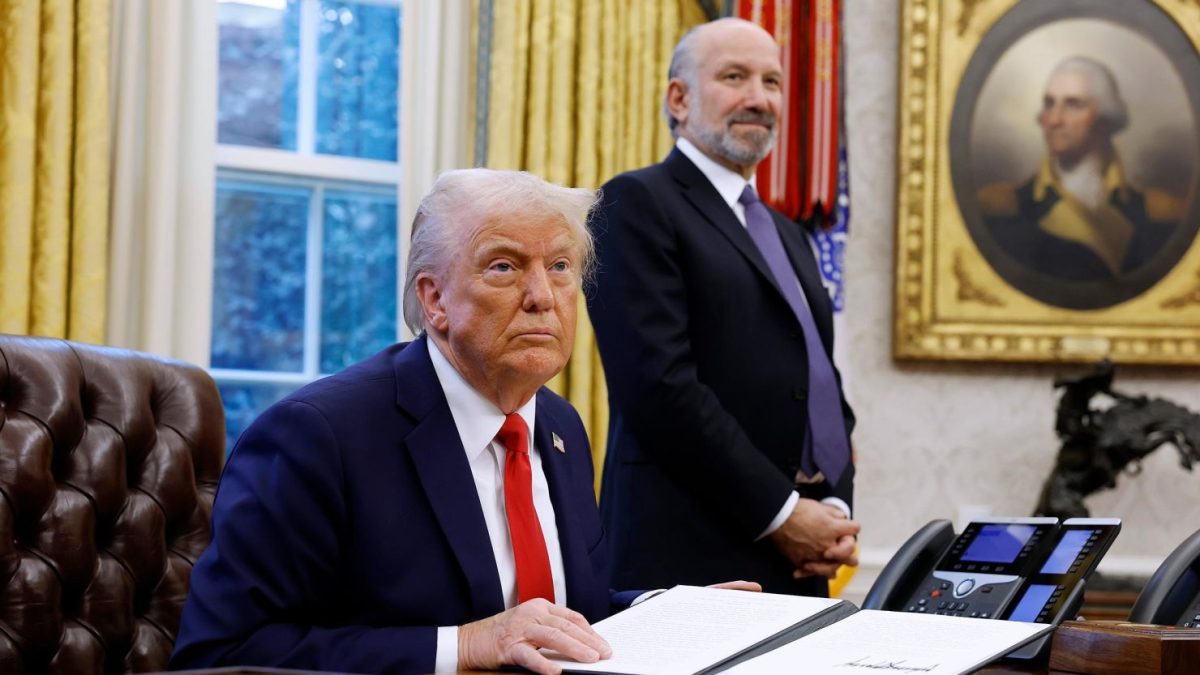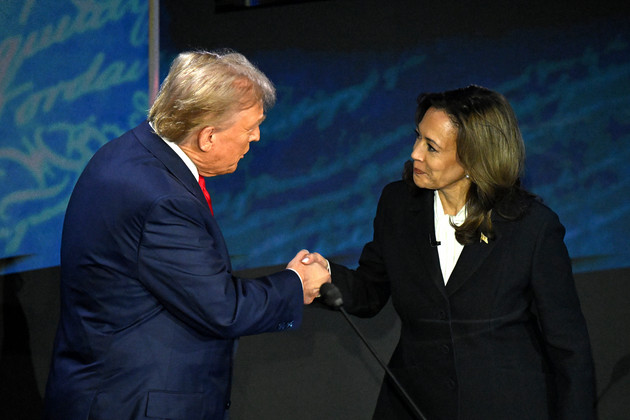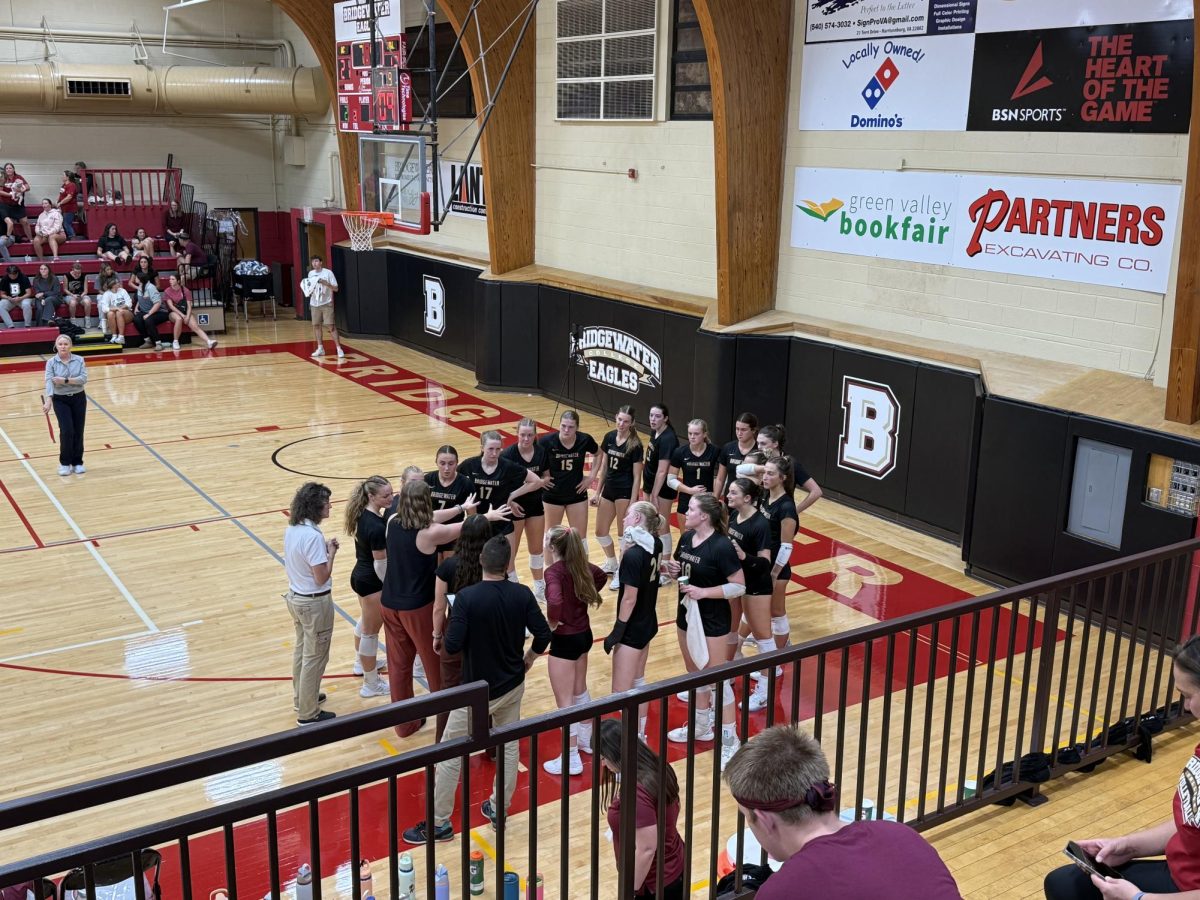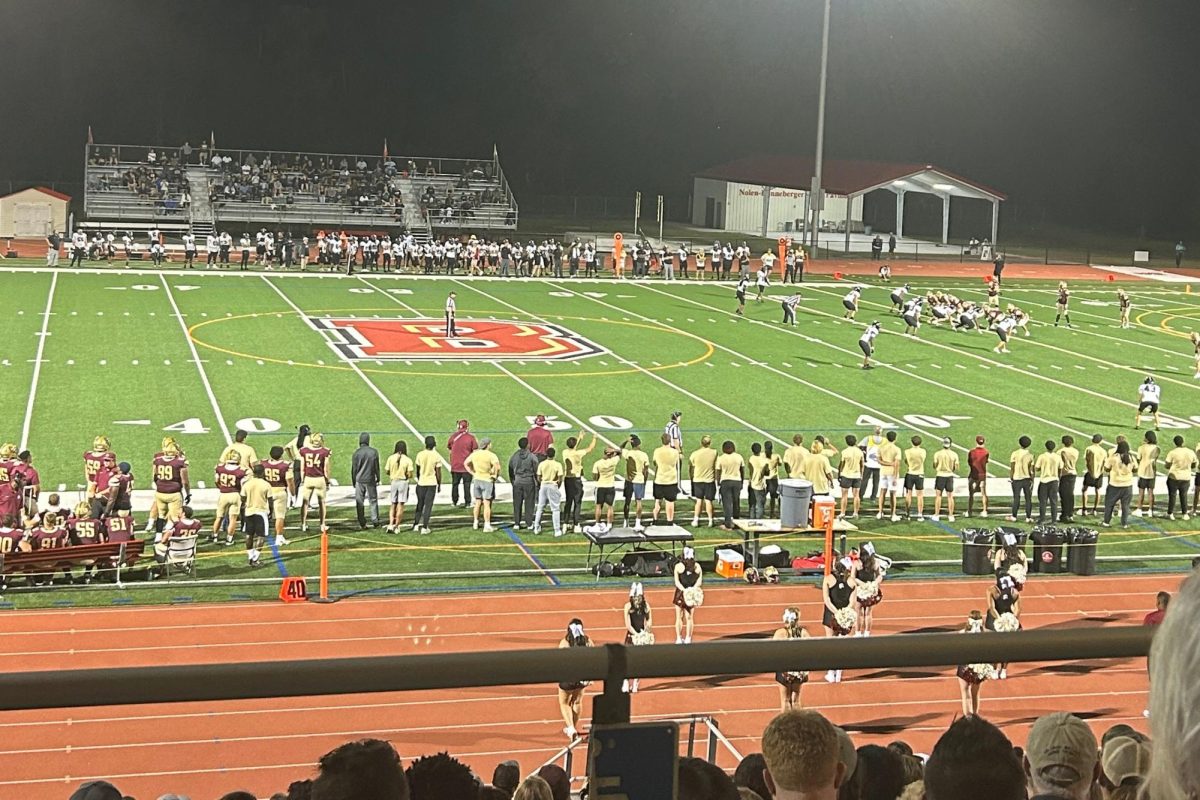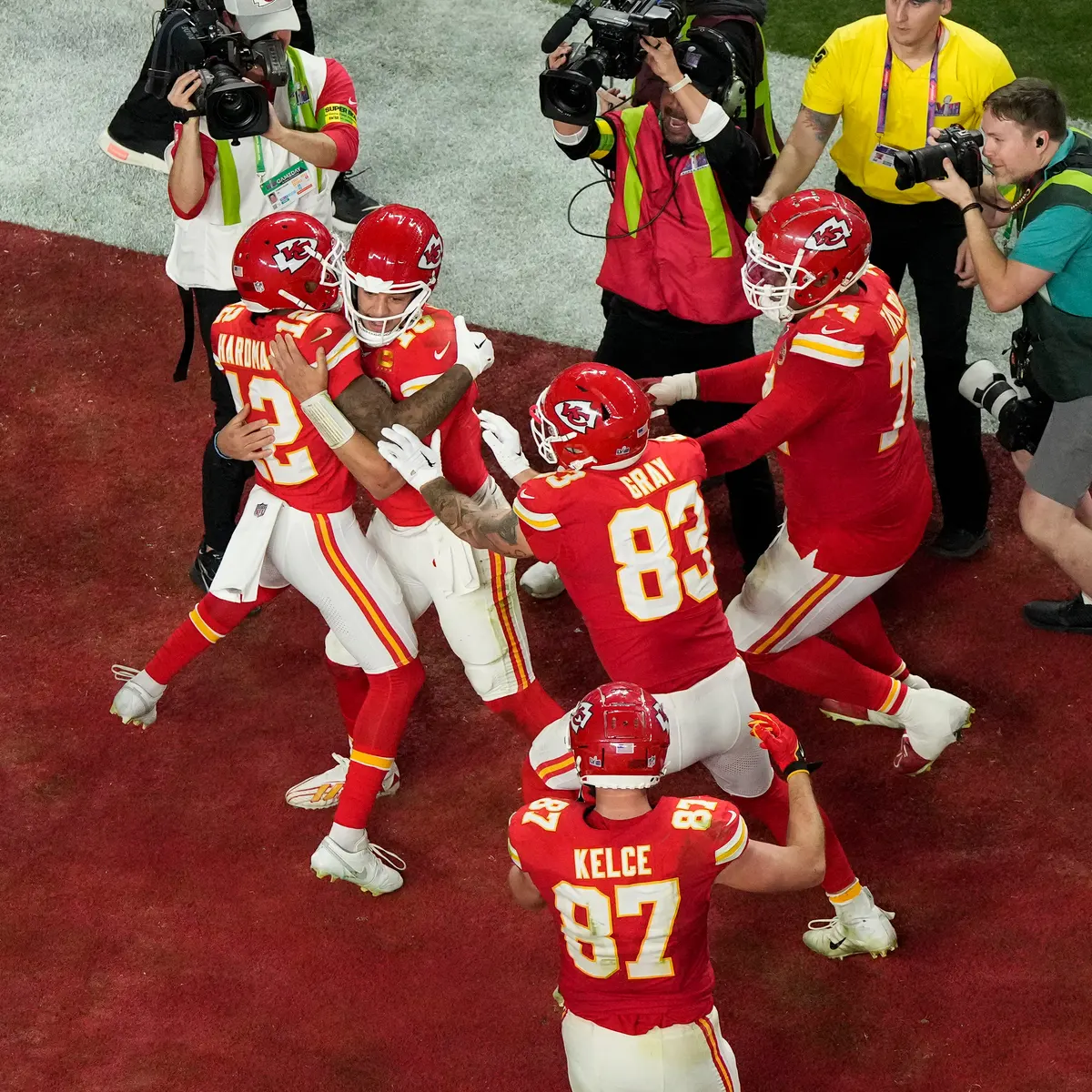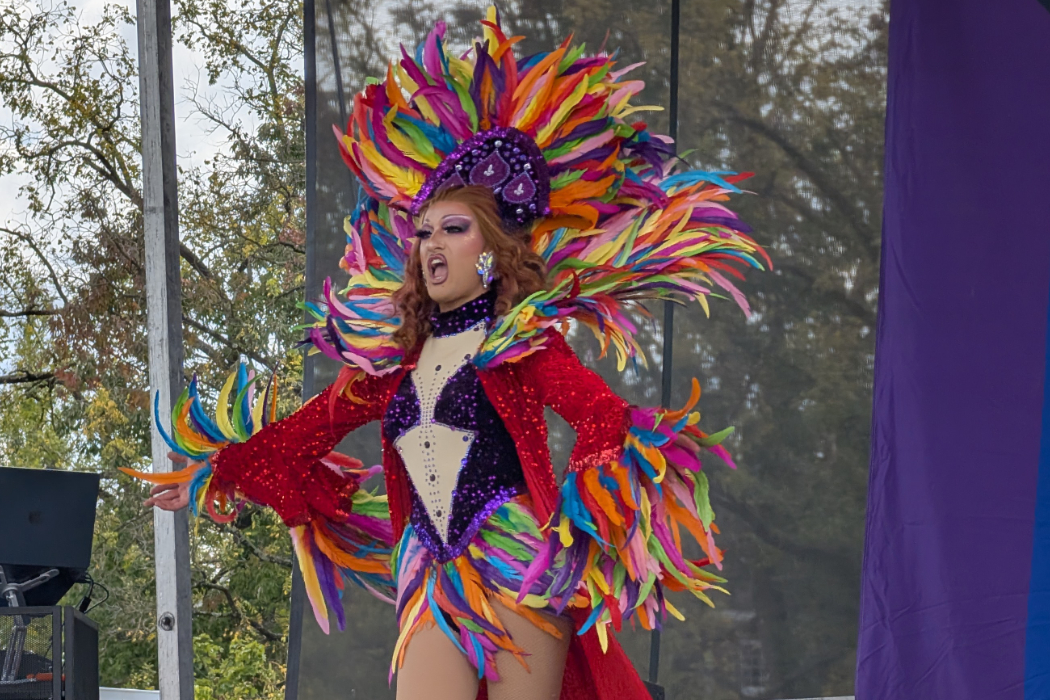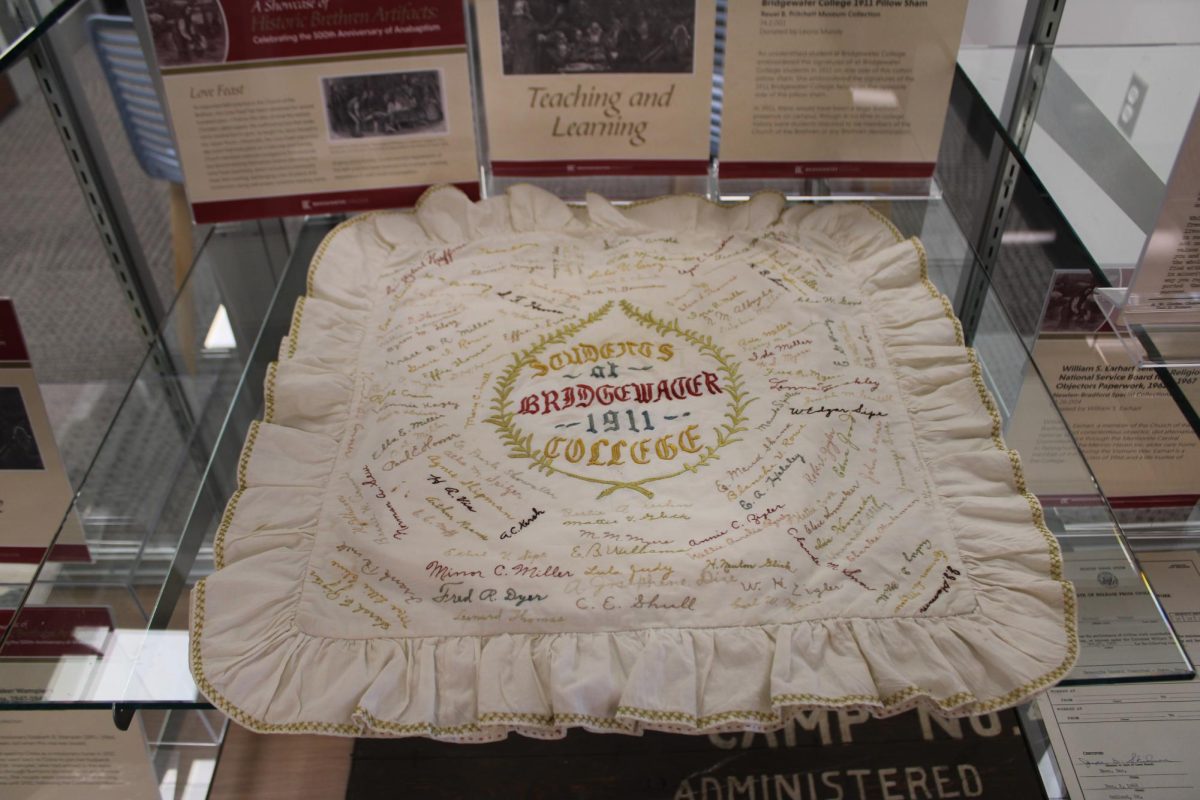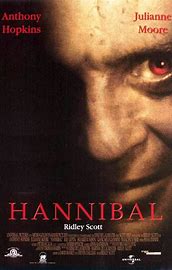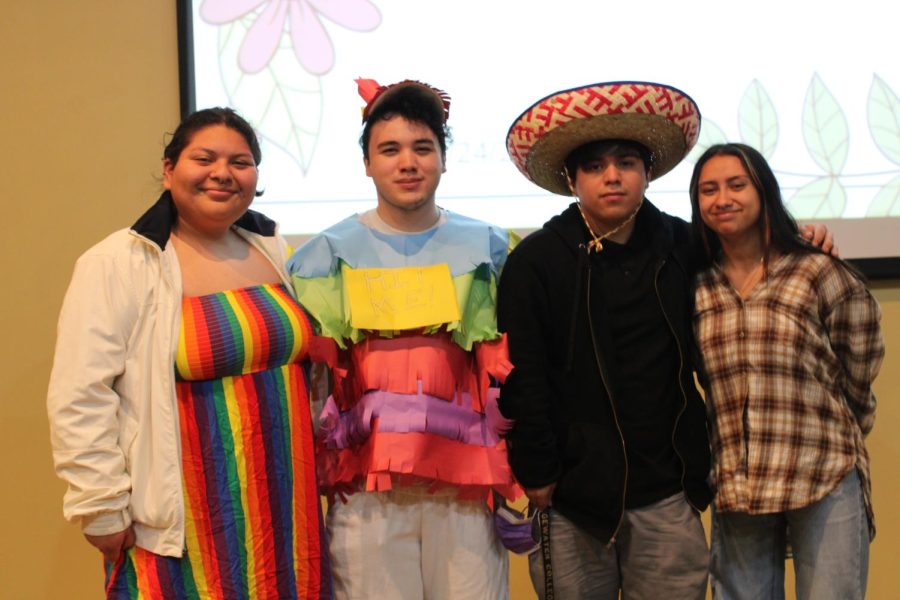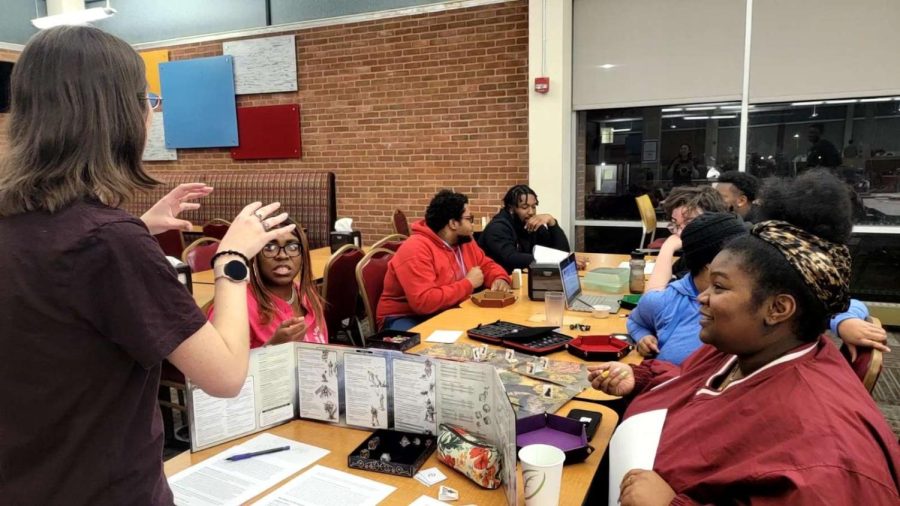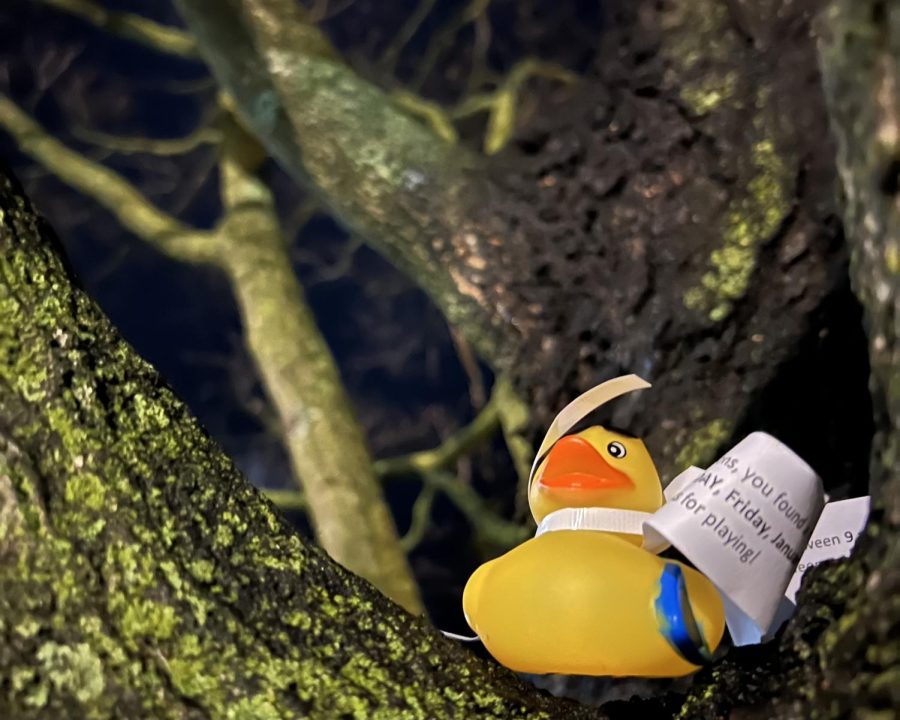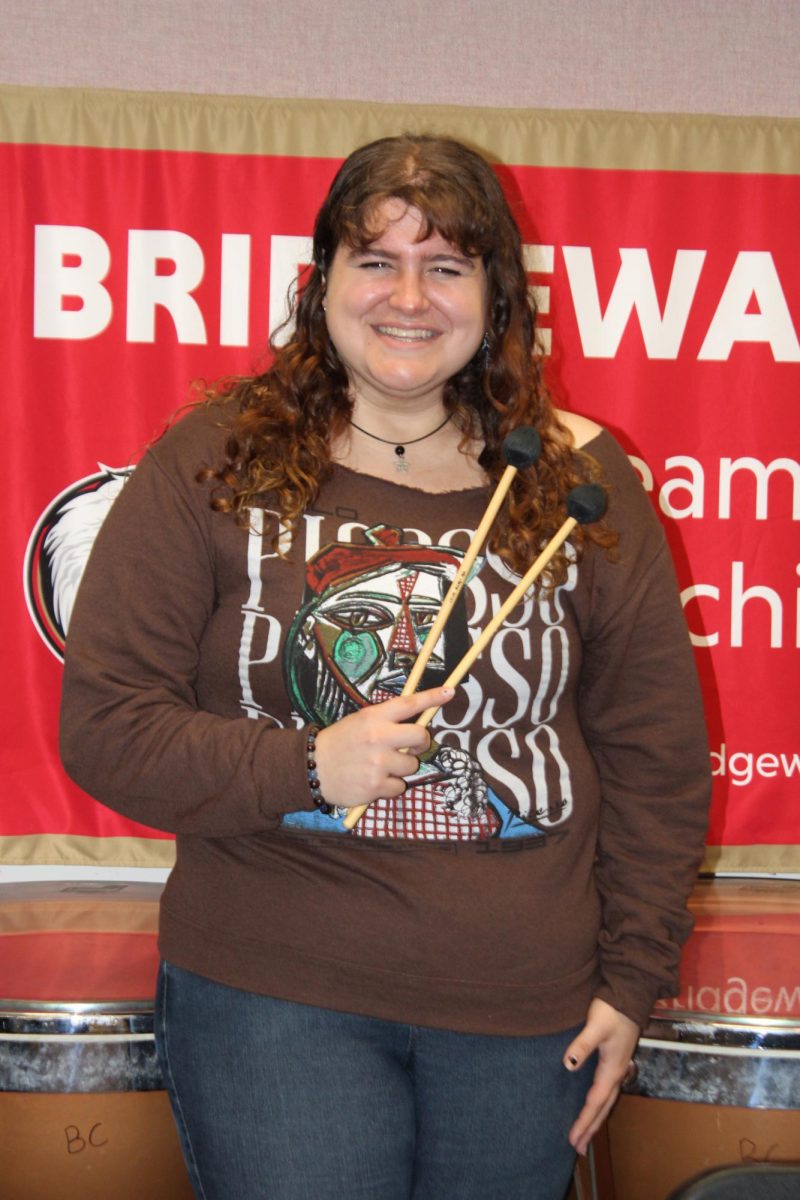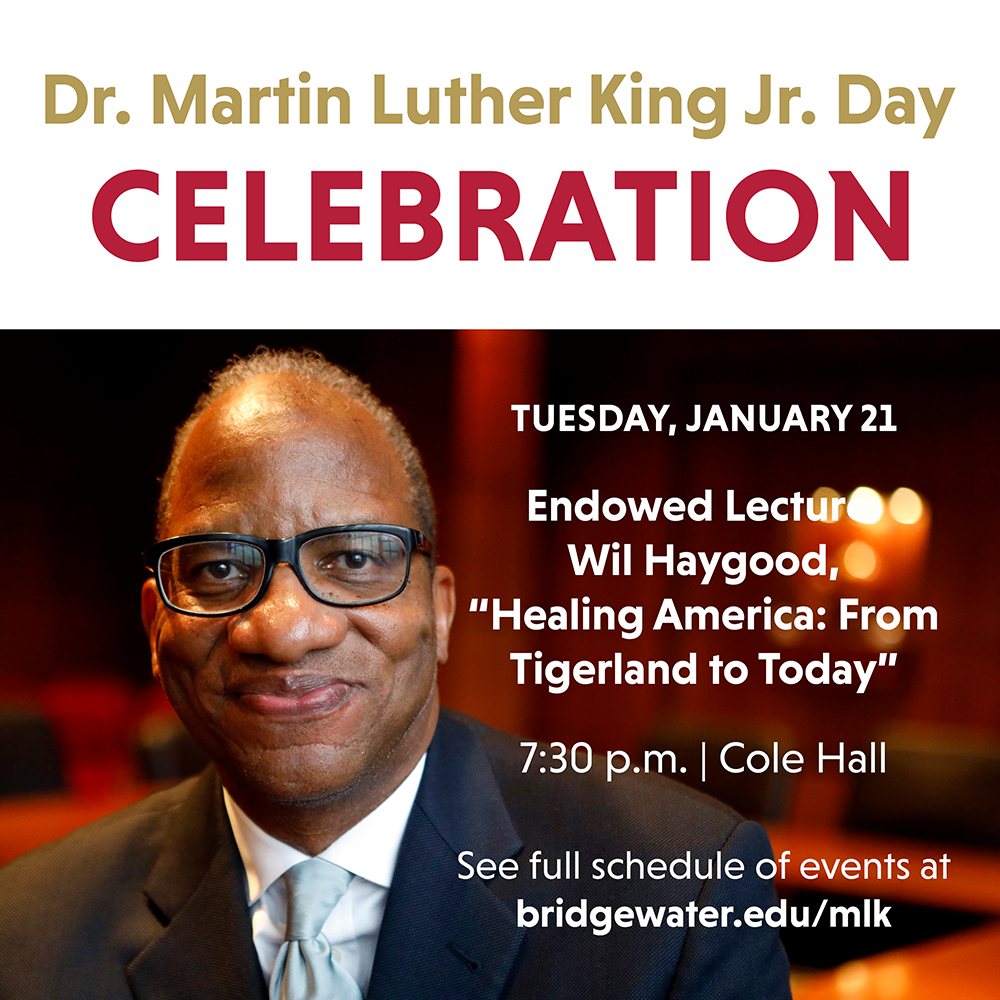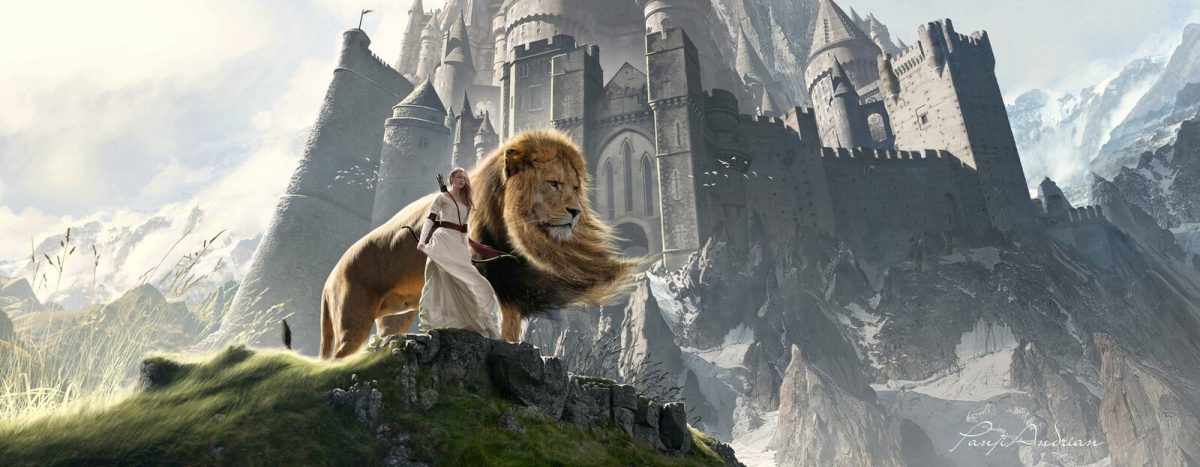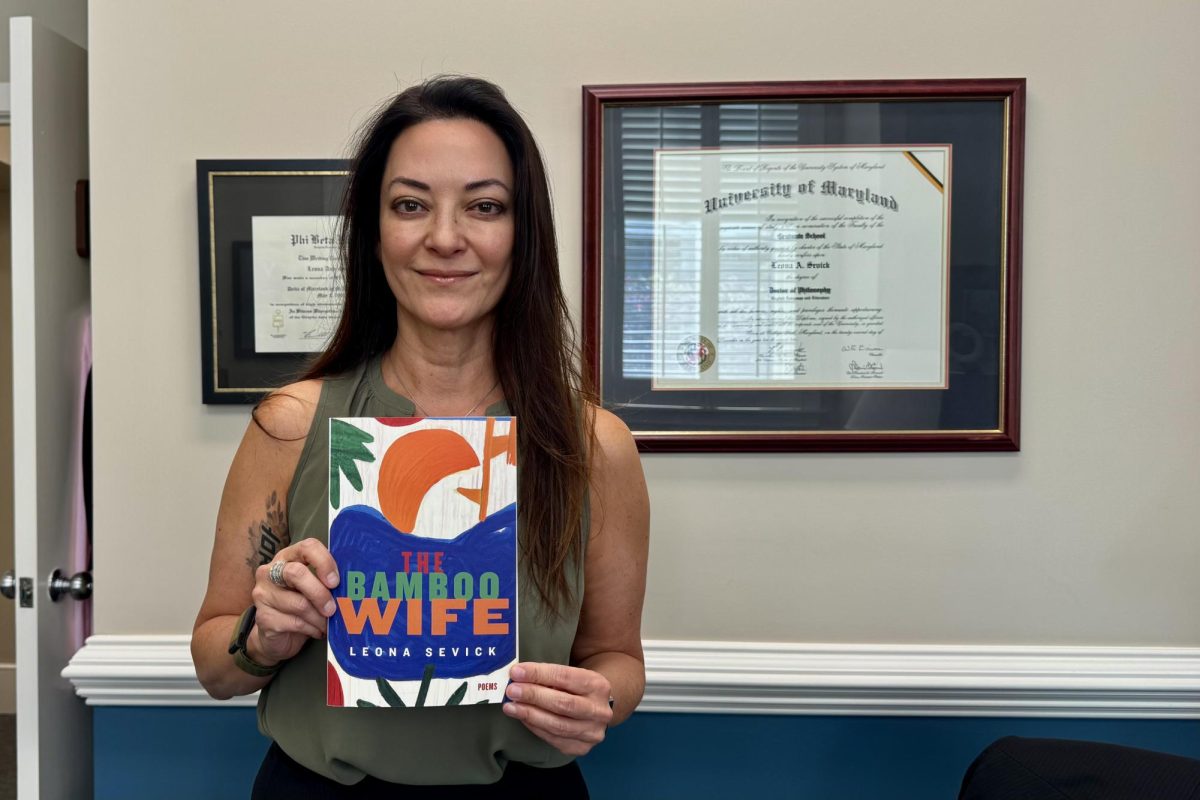Bridgewater, Va.- In the years following World War Two, Clive Staples Lewis, a founder of the Inklings, finished work on “Out of the Silent Planet” when he began work on “The Lion, The Witch, and The Wardrobe”, which was published in 1950.
The Inklings were a group of writers out of Oxford who met to review each other’s manuscripts. The group was composed of Lewis, John Ronald Reuel Tolkien, Owen Barfield, Charles Williams, Adam Fox, Hugo Dyson, Robert Havard, Nevill Coghill, Roger Lancelyn Green, J.A.W. Bennett, David Cecil, Christopher Tolkien, and Warren Lewis, as well as various guests.
Lewis, a converted Christian, was a friend of Tolkien, author of Middle Earth. Like Tolkien, Lewis used his novels as an allegory for Christianity. The main villain and hero represent the warring themes of Christianity.
“The novel has always struck me as being both a coming of age adventure story but also an allegory for Christian theology surrounding Christ’s passion and resurrections,” said Christian Sheridan, Associate Professor of English and Department Chair. Aslan, like Christ, was beaten and slaughtered, only to later be resurrected.
However, these themes are the reason the book is banned in many schools and homes. Many considered it to be offensive to non-Christians. Many scenes, including both Aslan’s death as well as the White Witch’s gruesome end and the politically incorrectness of the novel also led to its removal.
Another reason the novel is banned is the portrayal of gender roles. The biggest example was during the beginning of the children’s stay in Narnia. This is when “…the children visit the Beavers, the girls go set the table and prepare tea while the boys go out to fish with Mr. Beaver,” said Sheridan.

